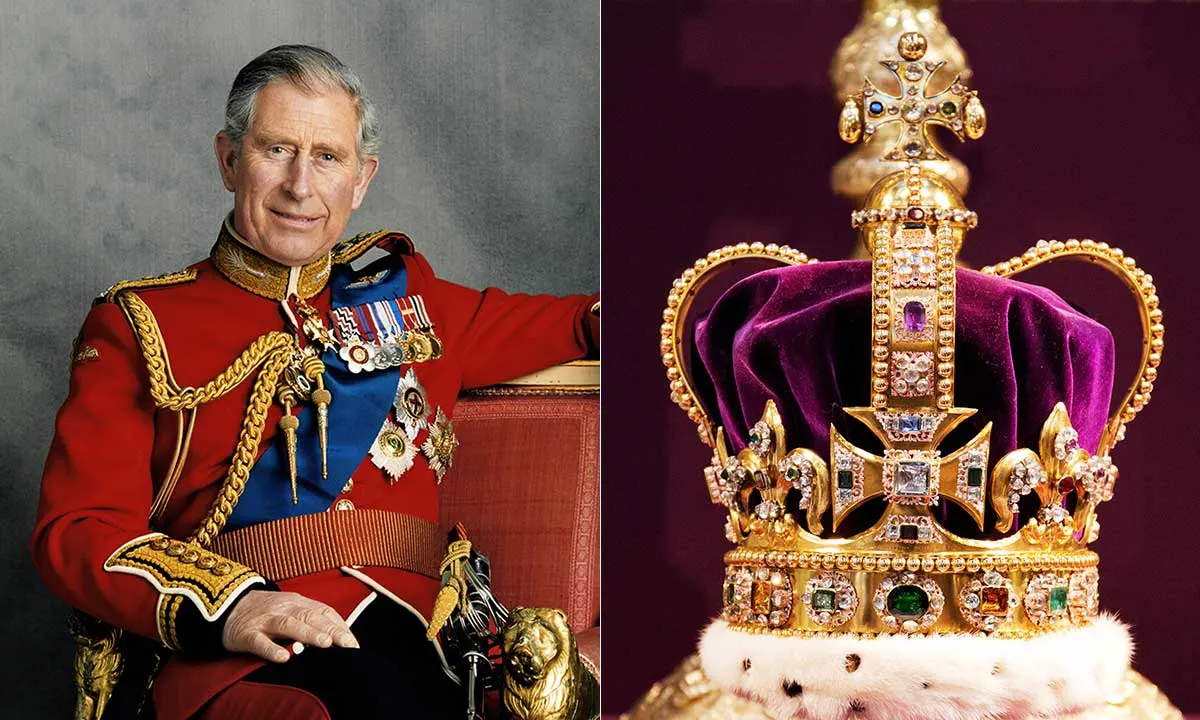The coronation of King Charles III will take place on May 6, with Buckingham Palace in the midst of finalising every last detail of the historic event. It will be the first coronation to be held in Britain in 70 years following the death of Queen Elizabeth II.
The coronation of a monarch is a momentous occasion, steeped in centuries of history and tradition. In England, the coronation ceremony has evolved over time, but certain key elements have remained constant. From the venue to the procession, the anointing to the investiture, and the homage to the coronation banquet, each part of the ceremony is imbued with significance and meaning.
The coronation of a monarch in England is a momentous occasion steeped in history and tradition. The coronation ceremony is a combination of religious and secular elements, with rituals and customs that have been passed down for centuries.
Here are some of the key traditions that take place during an England coronation.
The Venue
Westminster Abbey has been the traditional venue for English coronations since the 11th century. The first coronation to take place at Westminster Abbey was that of William the Conqueror in 1066. The coronation ceremony takes place in the Quire, the area of the Abbey where the choir sits.
The Procession
The coronation procession is an elaborate affair, with the monarch traveling from Buckingham Palace to Westminster Abbey in a grand procession. The procession includes the royal family, members of the clergy, and various officials. The monarch travels in a state carriage, accompanied by a mounted escort.
The Anointing
One of the key moments of the coronation ceremony is the anointing. The monarch is anointed with holy oil by the Archbishop of Canterbury, who uses a golden spoon to apply the oil to the monarch’s forehead, breast, and hands. This is a symbolic act that represents the monarch’s divine right to rule.
The Investiture
Following the anointing, the monarch is presented with various regalia, including the orb, the scepter, and the crown. The crown is placed on the monarch’s head by the Archbishop of Canterbury, who declares “God save the King/Queen!” The monarch then receives homage from various officials and dignitaries.
The Homage
Homage is a tradition that dates back to the Middle Ages. It involves the monarch receiving the allegiance of various officials and dignitaries. During the coronation ceremony, the Archbishop of Canterbury recites a list of names, and each person named comes forward to pay homage to the monarch.
The Coronation Oath
The coronation oath is a solemn pledge made by the monarch to uphold the laws and customs of the country. The monarch takes the oath while holding a Bible, and the Archbishop of Canterbury leads the monarch through the oath.
The Coronation Banquet
Following the ceremony, the monarch hosts a banquet for various dignitaries and officials. The banquet is a formal affair, with guests dressed in their finest attire. The menu typically includes traditional English dishes, such as roast beef and Yorkshire pudding.
The coronation of a monarch in England is a time-honored tradition that is steeped in history and ceremony. From the grand procession to the anointing and investiture, every aspect of the coronation ceremony has a long and storied history. These traditions help to reinforce the monarchy’s continuity and connection to the past.




